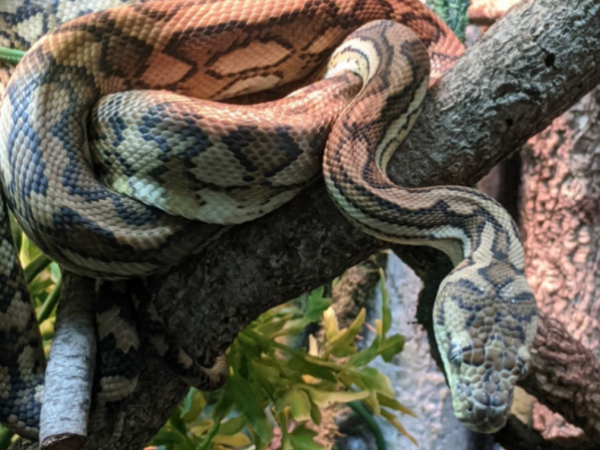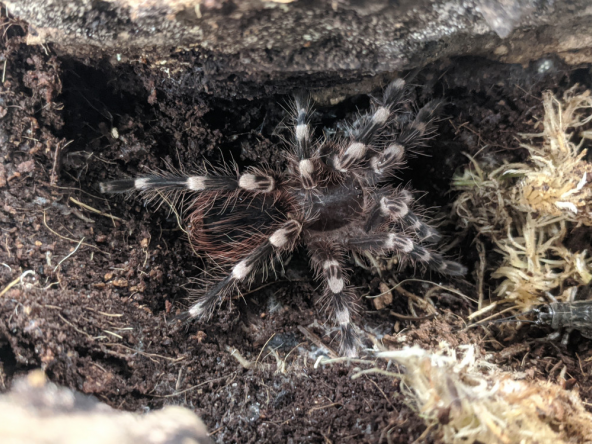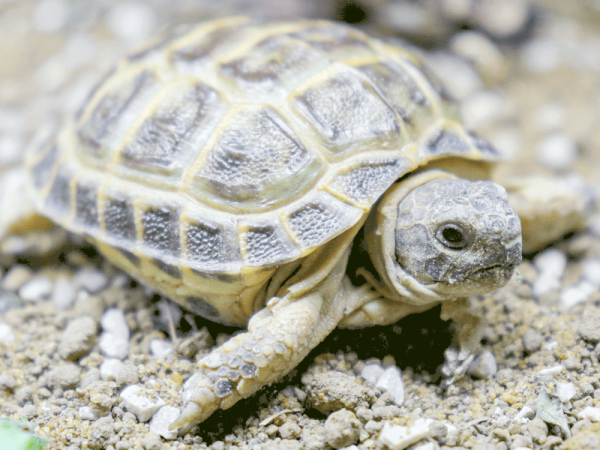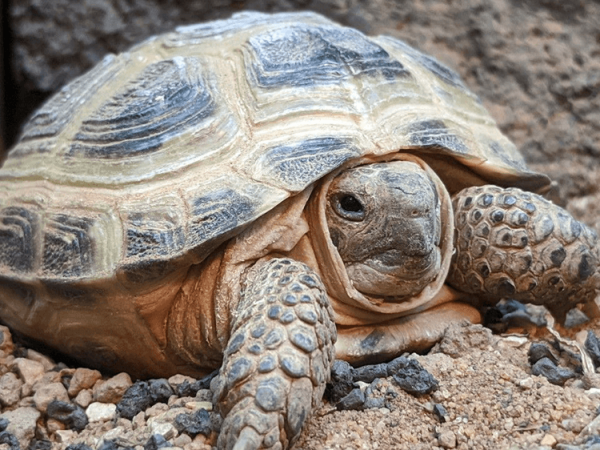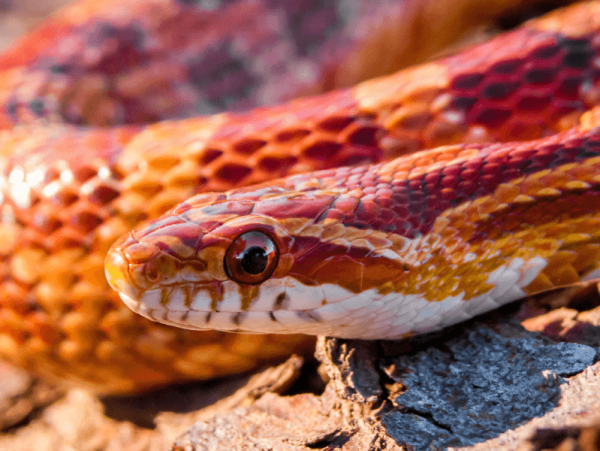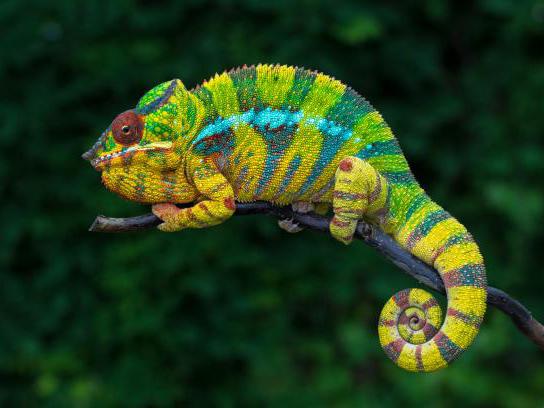Optional extras
Carpet python, Morelia spilota, care sheet
Categories: Care sheetsSnakes
The Carpet Python is found in Australia, New Guinea, Bismarck Archipelago, and the North Solomon Islands. There are differing localities of this species, with Swell Superstore’s being a coastal example, which can be found naturally in arid coastal regions. Coastal's are one of the larger localities, reaching around 8 - 9ft.
The Swell coastal is also a caramel morph which means the natural greens with black markings are caramel-brown in appearance with bronze and yellow tones making them an attractive snake. Carpet Pythons are usually quite snappy, especially when young and can be unpredictable with an enthusiastic 'feeding response'. Taming isn't impossible but may provide a challenge.
Housing
The Coastal Carpet Python is a large snake and requires consideration of available space before purchase. An adult would require a minimum of 6 x 3 x 3ft - 8 x 3 x 3ft, depending on the size of the individual. It is always best to house a snake in an enclosure that they can fully stretch out in, e.g 8 - 9ft adult in at least an 8ft enclosure. The 3ft height provides opportunity for their semi-arboreal habits, which although diminish with age and size, still provide good exercise and enrichment into adulthood, so is still a relevant feature. Remember these are minimum requirements and extra space is always beneficial.
With such a large snake it is essential that vivarium decor is strong and sturdy and may require the construction of permanent fixtures such as a branch screwed into the side of the enclosure. It is also good to use a wide variety of rocks, logs, bark, and foliage, to create a more natural setting and more for the snake to explore.
Moving decor around every now and then keeps the environment stimulating. A number of hides should also be provided on the floor of your enclosure as well as an area that is arboreal. These can come in the form of caves, cork bark or even simply an area under a branch that is densely covered with vegetation.
Hides should be available on both the warm and cool area of the environment. The substrate in your vivarium is closest to natural when in the form of a sand/soil mixture - the sand preventing too much humidity but holding just enough with the soil. Other alternatives often include orchid bark which has similar properties.
Heating and lighting
Being a reptile, the Carpet Python will require heating, which comes best in the form of a basking bulb or ceramic - heat mats will not be sufficient for such a large and arboreal habitat. Any heat source will need attaching to the relevant thermostat, to ensure the safety of the animal and prevent overheating. A basking temperature of around 32C should be maintained during the day, with cooler areas around 22-25C - which will enable your snake to regulate properly.
Temperatures can be monitored with accurate digital thermometers. During the night, you can allow your vivarium to drop to around 15C - this mimicking the drop in temperature that would naturally occur in the wild. Carpet pythons would also naturally be exposed to UVB, and it is highly recommended that this be a feature in your vivarium. UVB will promote better general health and well being as well as create a more natural setting for your snake.
Arcadia's T5 6% bulb is a great place to start (though the strength of the bulb is always enclosure height dependent). Any UVB will require replacing after around 6 - 12 months (lifespan also bulb and brand dependent) as after this period, the UV will no longer be emitted sufficiently even if it seems the bulb is still glowing. This bulb will be used in a 12-hour cycle, going off as the temperature drops to create suitable day/night periods.
Humidity
The Carpet Python requires moderate humidity of about 50 - 60% - which should be easily reached with good substrate choices and misting. You will mist according to the readings of an accurate digital hygrometer to ensure this humidity isn't exceeded which can become detrimental to the snake.
It is also very beneficial to provide a large water dish or pool area so that your snake can not only remain hydrated but can bathe sufficiently; a great benefit to the skin particularly during shedding. This dish will need cleaning frequently to prevent bacteria build-up and ensure your snake doesn't become ill.
Diet
The Carpet Python is a carnivorous species and will only feed on other animals. In captivity, meals will come in the form of rats, guinea pigs, or small rabbits. Prey items will grow with your snake and so when young the main diet will be in the form of rats, mice and chicks - though stable meals should be rats.
This is because the Carpet Python is heavy-bodied and requires a lot of protein which can be found in rats over lower protein items such as mice or chicks - though they can still be a nice change every now and then. As your python grows into an adult, larger rats, guinea pigs or even small rabbits can be fed, although it is essential that the weekly feeding rota isn't continued. At this point - your python won’t need as much protein for growth and weekly feeding on large meals can cause obesity.
A rota of every 2 - 4 weeks, depending on the meal, is far better at keeping your snake in weight. Food should be defrosted and preferably warm before being provided to the snake on tweezers. Handling should then be avoided for at least 48 hours to reduce the risk of regurgitation.
Swell SuperStore Caramel Carpet Python
- Scientific name - Morelia spilota
- Adult Expected Size - 8 - 9ft
- Habitat - Arid coastal regions of Australia, New Guinea, Bismarck Archipelago, and the North Solomon Islands. Semi Arboreal living.
- Required Enclosure Size - 6 x 3 x 3ft - 8 x 3 x 3ft (6 - 7ft individual in atleast 6ft across / 8 - 9ft individual in at least 8ft)
- UV Lighting - 2 - 3 UVI (T5 6% - depending on the height of the enclosure)
- Expected Lifespan - 15 - 20 Years
- Temperature Gradient - 22 - 32C
- Humidity Levels - 50 - 60%
- Feeding - Carnivorous - frozen food such as rats, guinea pigs,or small rabbits
- Handling - Often snappy, and enthusiastic 'feeding response'. Taming may provide a challenge. A large species so two-person handling is recommended. Not to be handled 48 hours after feeding and when shedding.
You can learn more about snake care in our blog, try our Royal python care sheet or our Western hognose snake care sheet to get started.
Jeremy Gay is an author, lifelong fishkeeper, and exotic pet specialist. He's a former editor of Practical Fishkeeping Magazine, UK editor at Reefbuilders, a former pet store manager, and has collected wildlife in Sri Lanka and the Amazon. He's been on tv and radio, contributed to Koi Carp and Gardeners World magazines, been a product tester, a judge, and a product developer.




